Bloomington Transit set for Uber/Lyft pilot in May, to send city council memo on local income tax increase
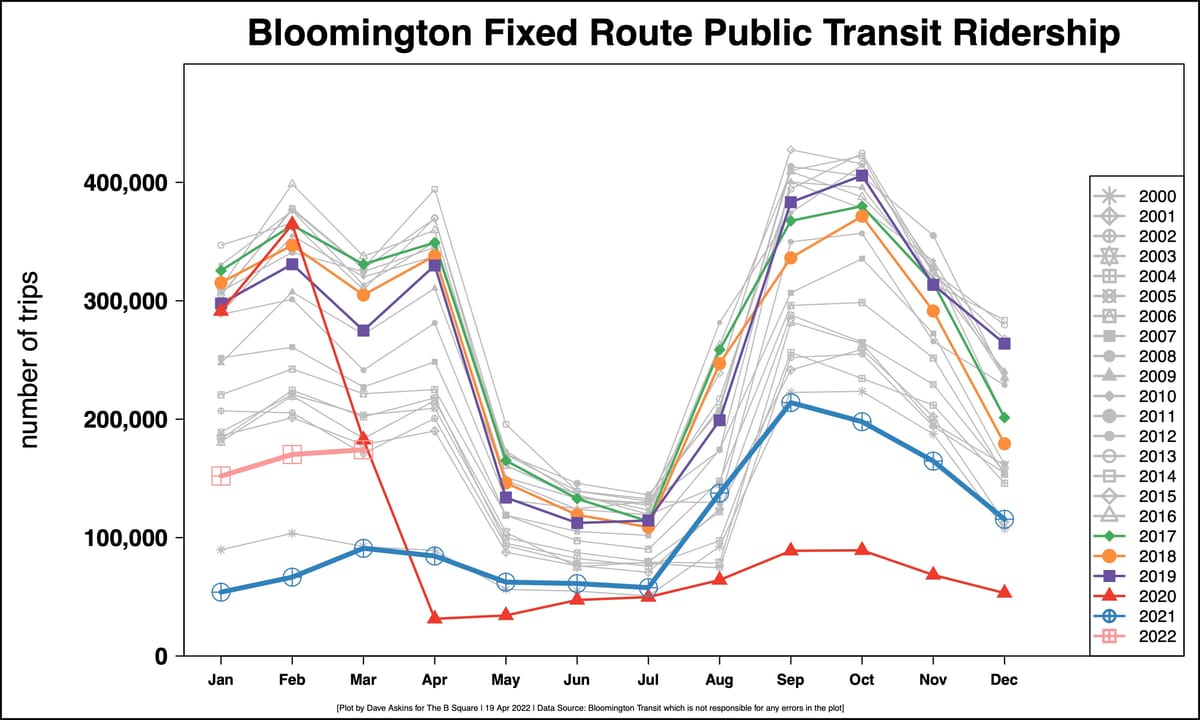
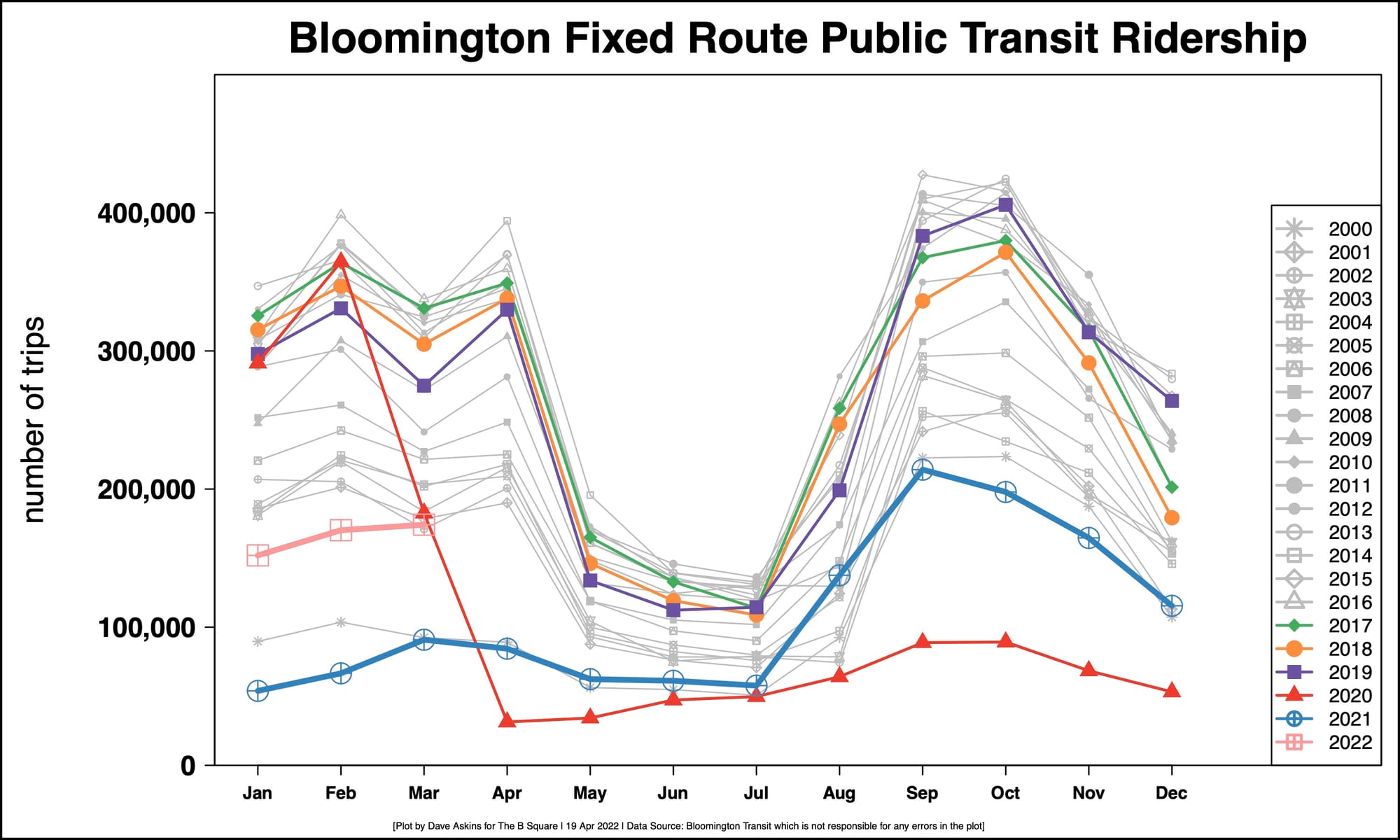
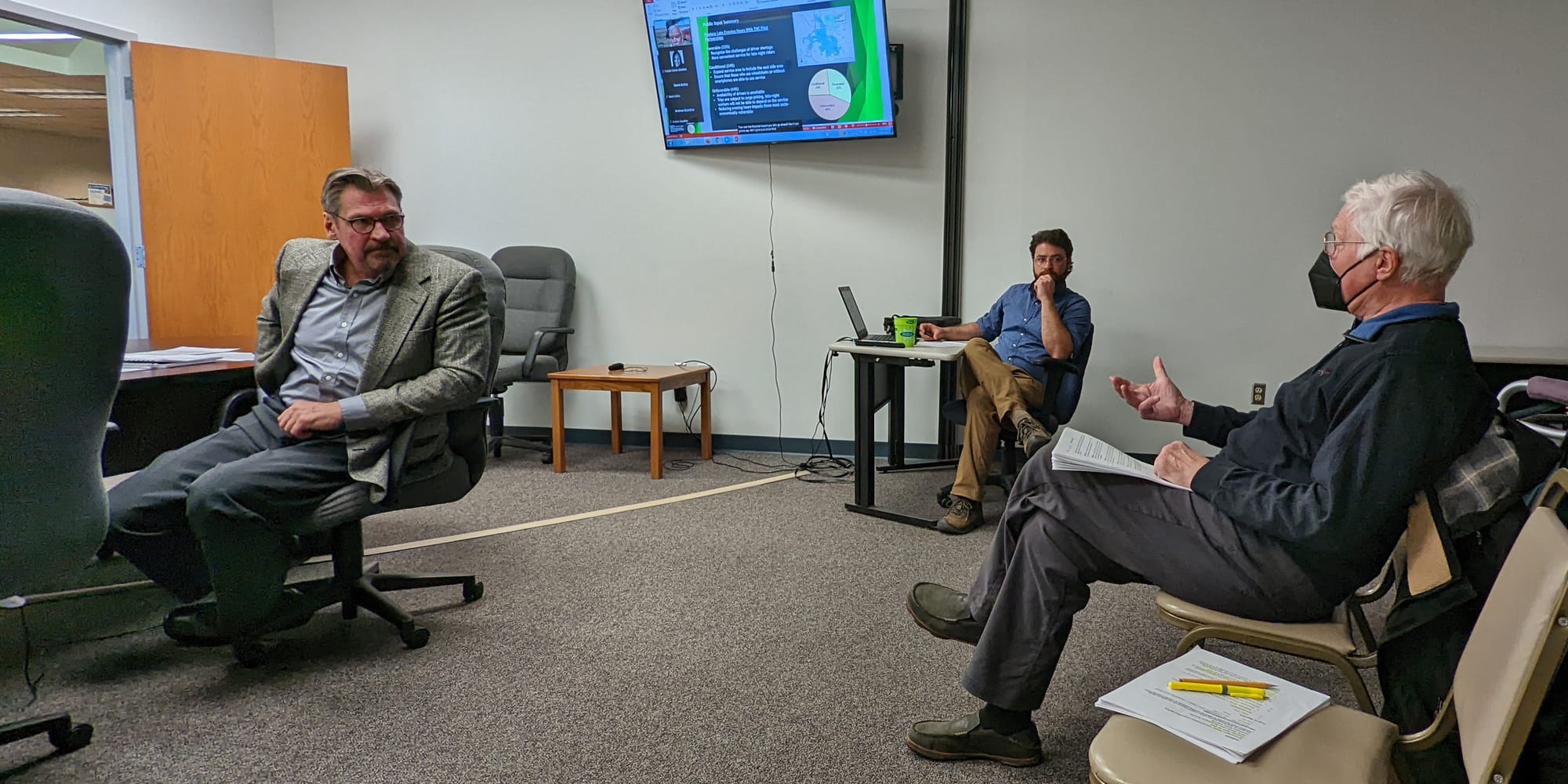
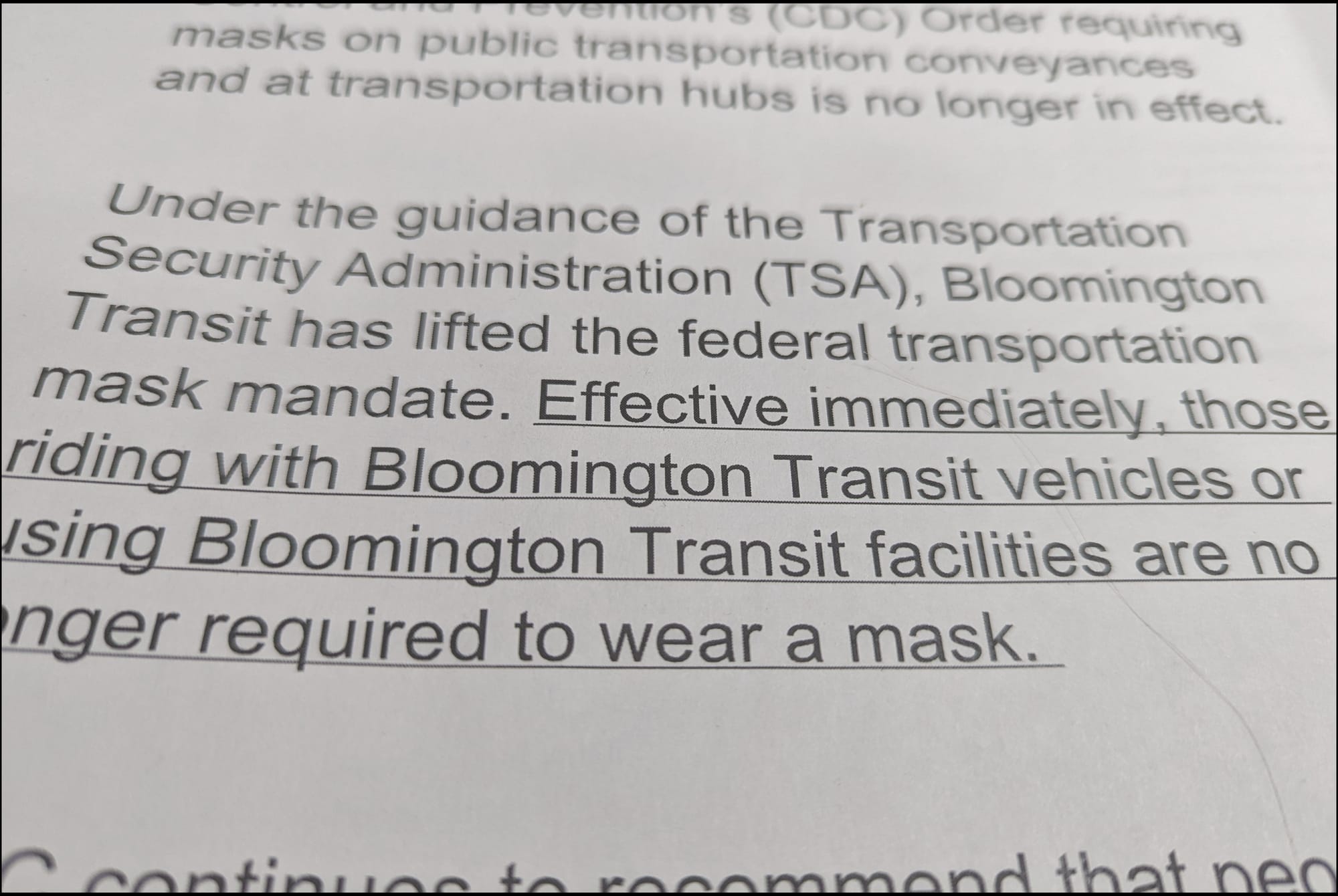
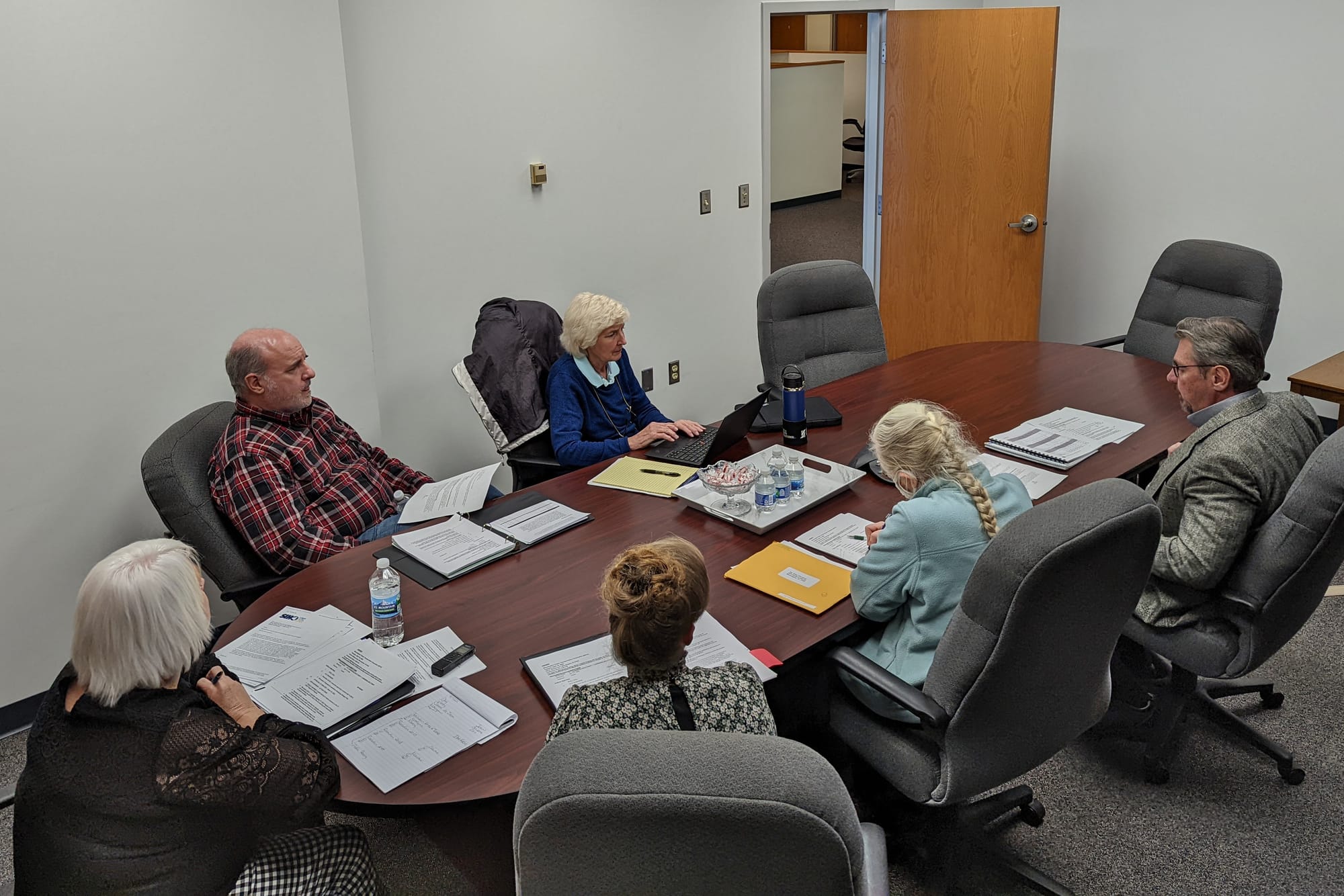
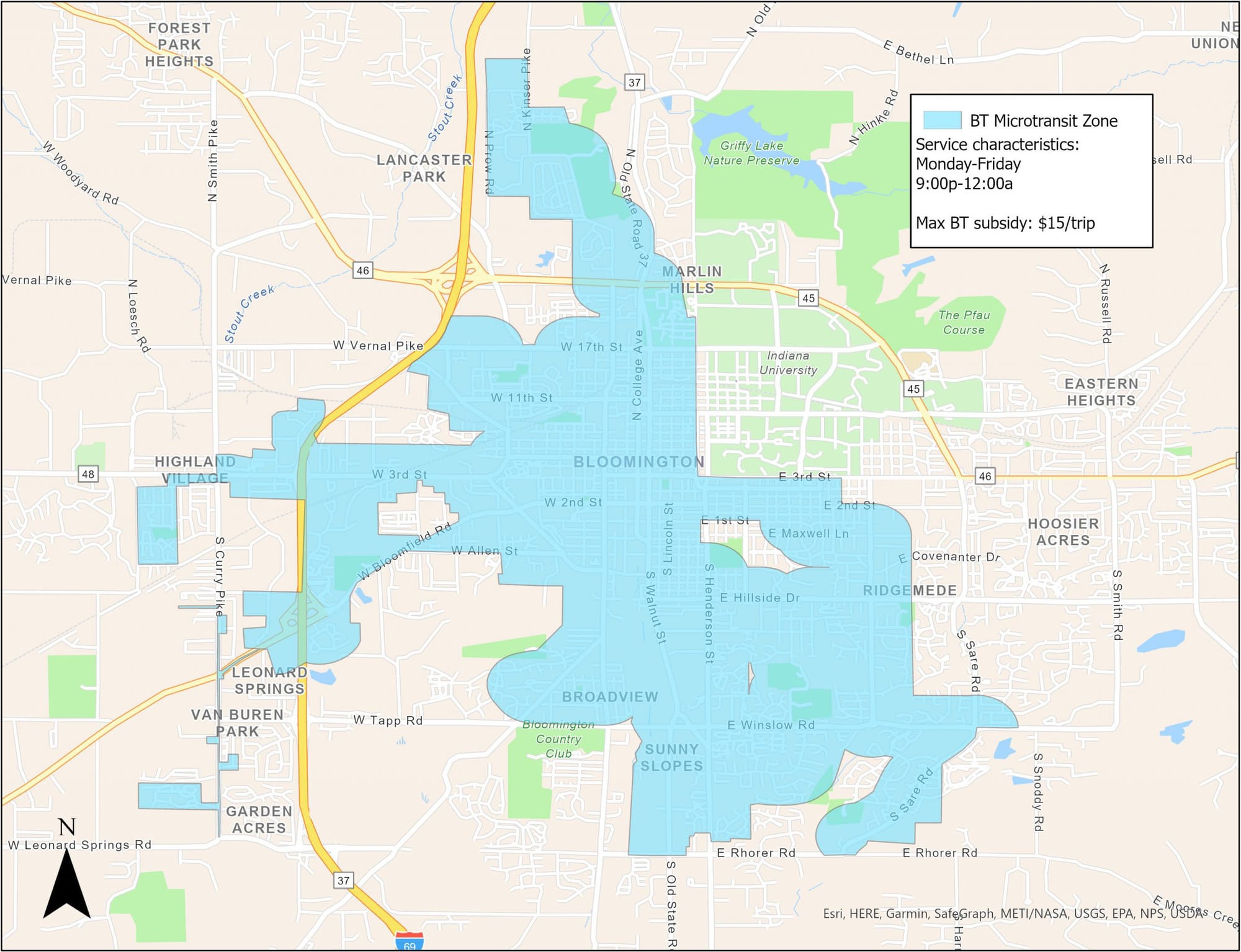
On Tuesday night, the five-member Bloomington Transit (BT) board voted unanimously to go ahead with a pilot program starting in early May that will use Uber or Lyft—with a subsidy for the rides taken under BT’s banner—to replace late night service on some existing routes.
The board also discussed a proposal by Bloomington mayor John Hamilton to increase the local income tax paid by all Monroe County residents and to use some of Bloomington’s share of the additional revenue to fund new BT transportation initiatives.
The tax package includes around $5 million in public transportation projects, including a new east-west route with 15-minute frequency.
Board members expressed concern that the funding for the kind of transportation proposals described in the tax package would require some kind of long-term commitment by the city of Bloomington to BT. A memo with that message is supposed to be forwarded to the city council before Wednesday night’s city council meeting.
On Wednesday (April 20), the city council could take a final vote on the 0.855-point tax increase, which would raise the overall local income tax to a total of 2.2 percent.
Earlier in the day on Tuesday, BT announced that masks to prevent the spread of the COVID-19 virus would no longer be required on BT buses. That was the same approach that most transit providers seem to have taken after a federal judge struck down US President Joe Biden’s executive order requiring mask wearing. [text of US District Court Middle District of Florida ruling]
The target date for the start of the Uber/Lyft substitution is still May 9, even after the board made some modifications to the plan at Tuesday’s board meeting.
Board president James McLary said he thinks BT will still be on track for the May start of the program, which is called “microtransit” in the transportation industry.
During Tuesday’s meeting, the pie chart shown on the screen by BT planning and special projects manager Zac Huneck indicated 44 percent of survey respondents had an unfavorable reaction to the Uber/Lyft proposal, compared to 32 percent who had a favorable reaction. Another 24 percent indicated conditional support.
One of the main criticisms of the proposal was that Uber/Lyft rides are subject to “surge” pricing, so that the $14 per ride subsidy might not be enough to cover the cost of a trip.
One of the critical voices during the public input phase had come from Bloomington resident and bus rider Andrew Guenther, who also spoke during public commentary on Tuesday night.
Guenther said, “I fear that there are some segments of the population that will be negatively impacted by using Uber or Lyft, especially during large community events or bad weather.”
Guenther added, “It can cost upwards of $30 for a ride across town.” Guenther told the board that some people might find themselves stranded without a ride home.
One of the modifications made by the board on Tuesday was to increase the cap on the per-ride BT subsidy from $14 to $19. Under the proposal, riders will still pay the $1 fixed route fare, with the remainder, now up to $19, to be paid by BT.
It’s the current routes that see the lowest ridership between 9 p.m. to midnight that will be replaced with Uber/Lyft service—during that time period only. Only a ride starting and ending in the prescribed service area for the program would be eligible for the BT microtransit program.
The planned service area microtransit service area does not include the Indiana University campus area, because the fixed-route buses that serve the campus have relatively high ridership, even late at night, and those fixed-route buses will continue to run into the later evening hours.
Passengers who don’t have a smartphone are supposed to be able to call BT to hail a trip on Uber/Lyft. Passengers who would otherwise board a fixed route bus with their wheelchairs by using the accessible ramps, would be able to call in to get a ride on BT’s paratransit service (BT Access).
On Tuesday night, board members told general manager John Connell they wanted to see same-day paratransit service offered for the 9-to-midnight time slot, instead of the usual requirement that a paratransit ride be booked 24 hours in advance.
On Tuesday, the board appeared inclined to try go ahead and try to modify the proposal to respond to criticisms that the microtransit proposal had received from the public, before rolling it out as a pilot.
Board member Doug Horn put it like this: “My feeling is we put our best foot forward as we start this thing, rather than having to ‘PR it up’ as we go along.” Horn added, “If we’re identifying a shortfall at this point, I think we need to address that at the beginning.”
A big part of BT’s motivation for rolling out the late-night Uber/Lyft service as a replacement for fixed-route service relates to its current driver shortage. It’s a challenge for public transportation agencies across the state. BT is currently short about a dozen drivers.
BT’s current drivers are working extended hours, but that means BT is still not able to make every run for every route, which reduces frequency of service on some routes that carry a lot of passengers. That further depresses ridership numbers, which are down due to the effect of the pandemic.
The late night fixed route runs are also a barrier to driver recruitment. At BT’s March 15 board meeting Connell said that it’s a challenge recruiting people who are willing to work past 9 p.m. He described 9 p.m. as a kind of “threshold” for how late a potential new driver is willing to work. The reaction goes something like this, Connell said: “I gotta work til midnight? I’m out!”
Another consideration described by Connell on Tuesday is the fact that current drivers have earned paid time off that they are not able to use, due to the driver shortage.
Connell described the choice as one between trying out Uber/Lyft as a replacement for some of the fixed routes, or offering no service at all.
Some drivers have not been able to use their paid time off for the last 10 months, Connell said.
The pilot replacement of late night buses for some routes with microtransit is supposed to run through the year. BT board members indicated at Tuesday’s meeting they want to monitor closely the expenditures and customer satisfaction as the pilot rolls along.




Comments ()